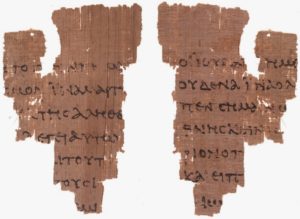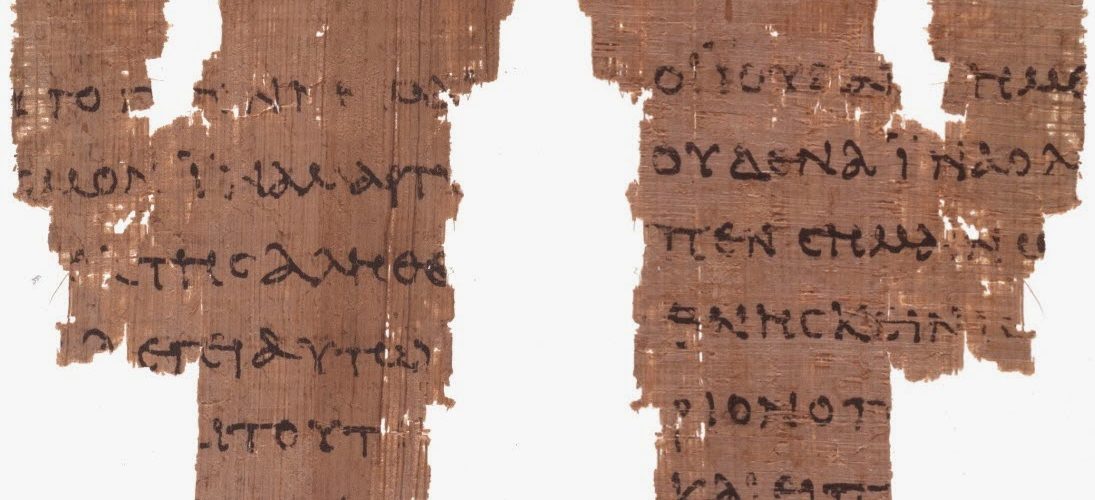How We Got the Bible – Canonization
Podcast: Play in new window | Download
Subscribe: RSS
 TITLE: How We Got the Bible – Canonization
TITLE: How We Got the Bible – Canonization
SUBJECT: Bible
PROPOSITION: In this lesson we will examine how we got the Bible. We will briefly look at the canonization, the transmission, and the translation of the text.
OBJECTIVE: The student should be able to briefly discuss the concepts of canonization, transmission and translation.
AIM: To help all understand that the Bible has been accurately preserved throughout the ages for our benefit and that we have what they had.
INTRODUCTION:
1. Read: Ephesians 3:3-5
2. About the Text:
1) Paul is writing to the brethren in Ephesus.
2) He wants them to know the mystery of the gospel.
3) That mystery was revealed to him.
4) When they read what he wrote, they can know what he knew.
5) But what if we don’t have what he wrote?
6) In order to know what the first century church knew, we must have the documents that they had.
7) How do we know that we have what they had?
8) The answer to this question is the story of the History of the Bible.
3. Ref. to S, T, P, O, and A.
DISCUSSION: We received the Bible as we know it today through the process of canonization, transmission, and translation.
I. Canonization
1. Canonization is the process that the early church used to discover the inspired documents.
1) Inspired documents are inherently authoritative.
a. They belong in the canon because they are authoritative.
b. They are not authoritative because they belong in the canon (on account of their being canonized).
2) There are also several questions that were answered to determine canonicity.
a. Was the writer of the document an apostle or inspired teacher? (Romans 1:1)
b. Was the document written in the appropriate time frame?
c. Early Christians verified inspired documents through the gift of prophecy (1 Corinthians 14:37)
d. Did the early Christians receive it as scripture to be read in front of the church? (Colossians 4:16)
e. Did it contain such fanciful language that it was not credible (The Lost Books of the Bible).
f. Was it distinguished from inspired documents as just being hortatory? (Shepherd of Hermas, i.e. A good book, but not inspired.)
2. Canonization for the Old Testament.
1) Around the 3rd century B.C. a group of scholars got together and translated the Hebrew text of the Old Testament into Greek.
2) This translation is known as the Septuagint. So by the 3rd century B.C. the Old Testament was complete in the 39 books.
3) Scholars who lived in the 1st century also attest to this. One of those scholars was a man named Philo.
3. Canonization for the New Testament.
1) All of the books in the New Testament were being circulated by the end of the first century.
a. This is testified by the “Apostolic Fathers.”
b. These were men who wrote about the Bible in the 2nd and 3rd centuries and they quote from these books as authoritative.
c. This is also testified by very early fragments of these books. (Show P52).
2) By 367 A.D. the canon of scriptures was fixed. Before that time, there were few who doubted some of the books, but the majority of scholars and Christians held all 27 books to be inspired documents as attested by historical evidence (some of which we no longer have).
CONCLUSION:
1. We have briefly looked at the process of canonization.
2. We can be sure that we have God’s word.
3. We can be 100% sure that we have the original text of the Bible.
For further study read: What About the Canon of Scripture?

